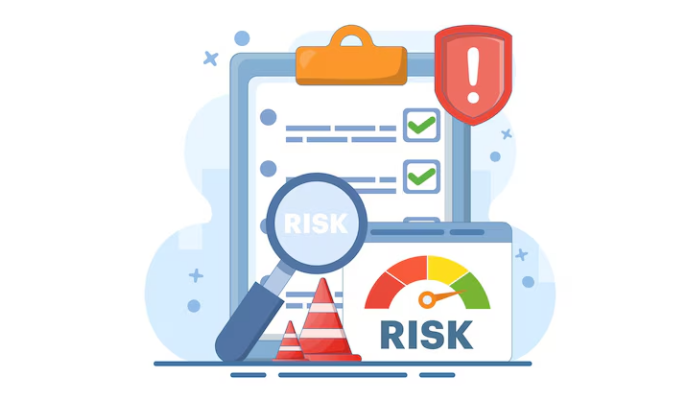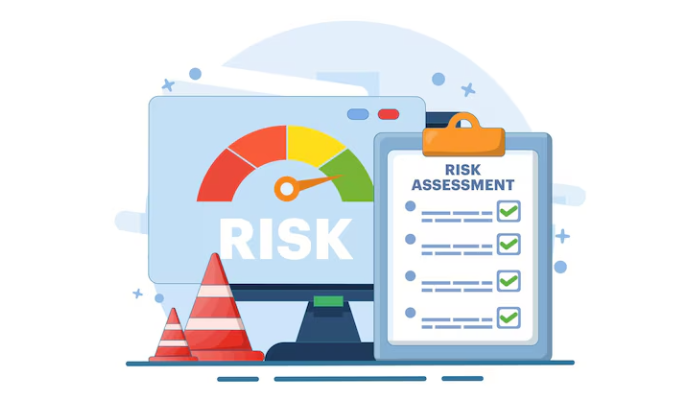
What Most Companies Miss in Their Threat Risk Assessments?
When we talk about cybersecurity, most companies believe they are doing enough by running regular threat risk assessments. But in reality, many important details are often overlooked. A threat risk assessment is not just about finding technical gaps. It is about understanding how people, processes, and technology work together to protect the organization.
Focusing Only on Technology
One of the biggest mistakes companies make is treating cybersecurity as a purely technical issue. Firewalls, antivirus tools, and monitoring software are important, but they can’t catch everything. Human error, weak passwords, or outdated policies are often the real cause behind breaches. A good assessment should look beyond tools and check how employees handle data, how access is managed, and whether policies are followed consistently.
Ignoring Business Context
Every organization is different. What is a serious risk for one company might not matter much for another. Yet, many assessments follow a generic checklist that doesn’t match the company’s real operations. A thoughtful process, like the Brigient threat risk assessment, takes into account how the business actually functions—its structure, data flow, and daily operations. This helps identify risks that truly matter instead of wasting time on less relevant issues.

Overlooking Third-Party Risks
Today, most businesses depend on external vendors, cloud platforms, and service providers. However, many assessments stop at internal systems and forget to check how secure these external connections are. A single weak link in a vendor’s network can expose the whole company. That’s why modern assessments must include third-party evaluations and regular reviews of supplier security practices.
Treating Assessment as a One-Time Task
Another common mistake is doing a risk assessment once a year and then forgetting about it. Cyber threats evolve daily, and so should the company’s defense. Continuous monitoring and regular updates are essential. The Brigient threat risk assessment approach emphasizes ongoing evaluation, helping businesses stay alert and ready for new types of threats.
Missing the Human Element
Technology alone cannot secure an organization. Employees play a major role, and their awareness levels can decide how safe a company truly is. Many assessments ignore training and communication. Teams should be educated on spotting suspicious activity, handling sensitive data, and reporting incidents quickly. Even small awareness programs can prevent large-scale problems.
Not Linking Risks to Business Impact
Sometimes, companies find several security risks but fail to connect them with their actual business impact. Without this connection, it’s hard to prioritize what to fix first. For example, a data leak in one department may affect customer trust more than a minor software bug elsewhere. The Brigient threat risk assessment helps businesses link technical findings with real-world impact, making risk management more practical and meaningful.
Forgetting Post-Assessment Action
Identifying risks is only half the job. The real challenge is what happens next. Many organizations prepare detailed reports but take no follow-up action. Without a clear plan, even the best assessments lose value. A complete process includes setting priorities, assigning responsibilities, and tracking progress regularly. This ensures that the insights from the assessment lead to real improvements.
Building a Smarter Security Culture
Ultimately, an effective threat risk assessment is not about ticking boxes. It is about building awareness, improving response, and staying prepared. Companies that make it part of their culture stay stronger in the long run. With structured and adaptive methods like the Brigient threat risk assessment, businesses can move from simply identifying risks to actively managing and reducing them.
Conclusion
Threat risk assessments are meant to keep businesses safe, but many companies miss the deeper purpose behind them. By paying attention to people, processes, third-party risks, and continuous updates, organizations can turn their assessments into powerful security tools.
The Brigient threat risk assessment reminds us that cybersecurity is not just a technical task—it’s a continuous effort to protect what truly matters: trust, data, and business growth.



